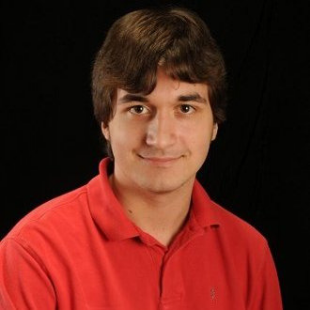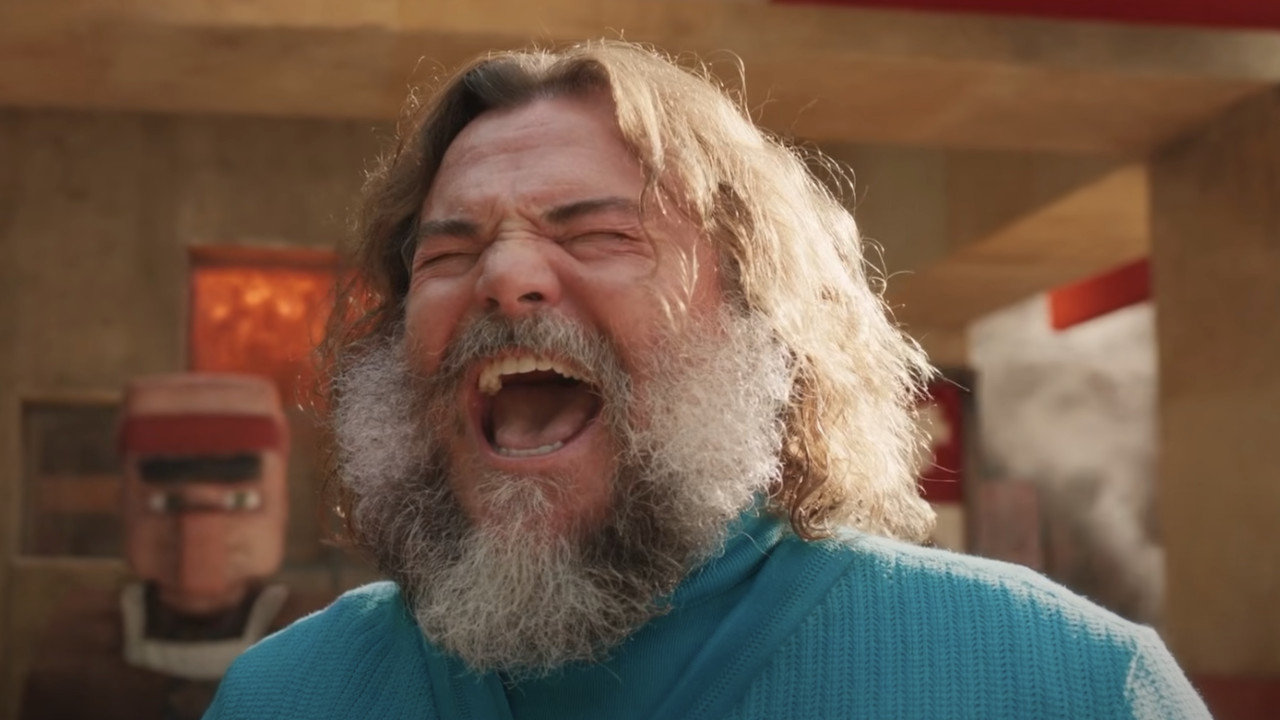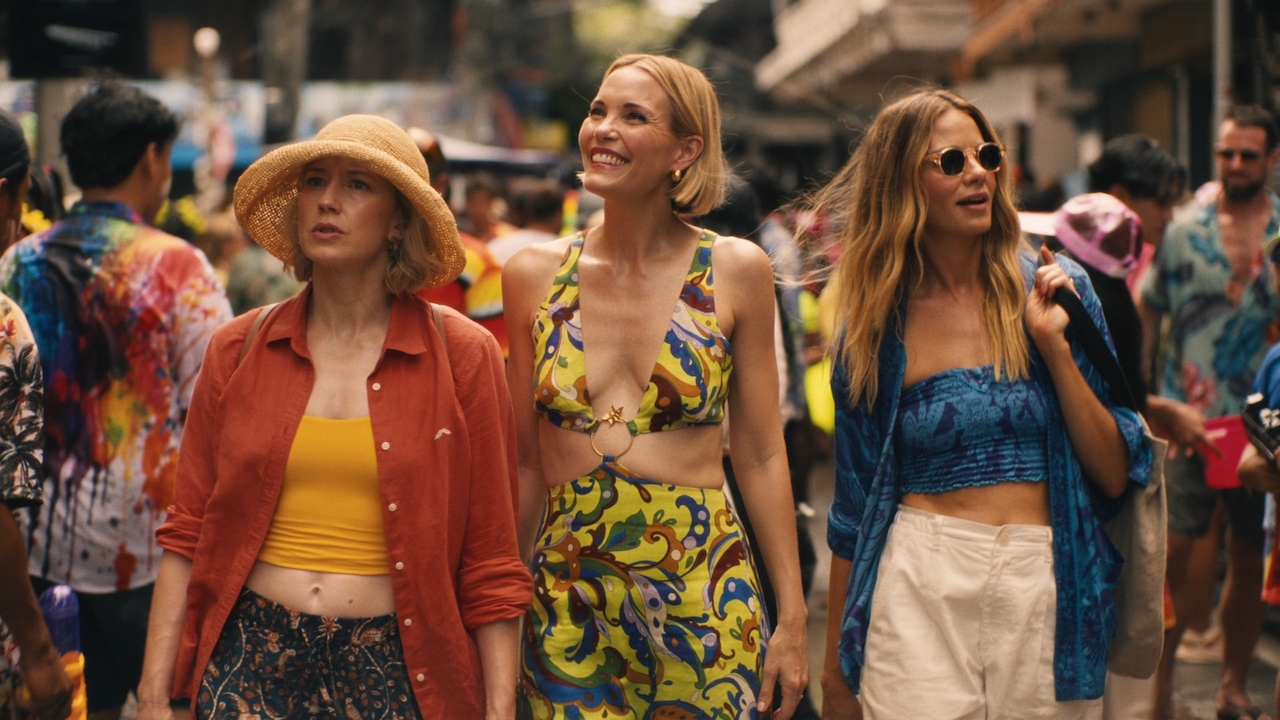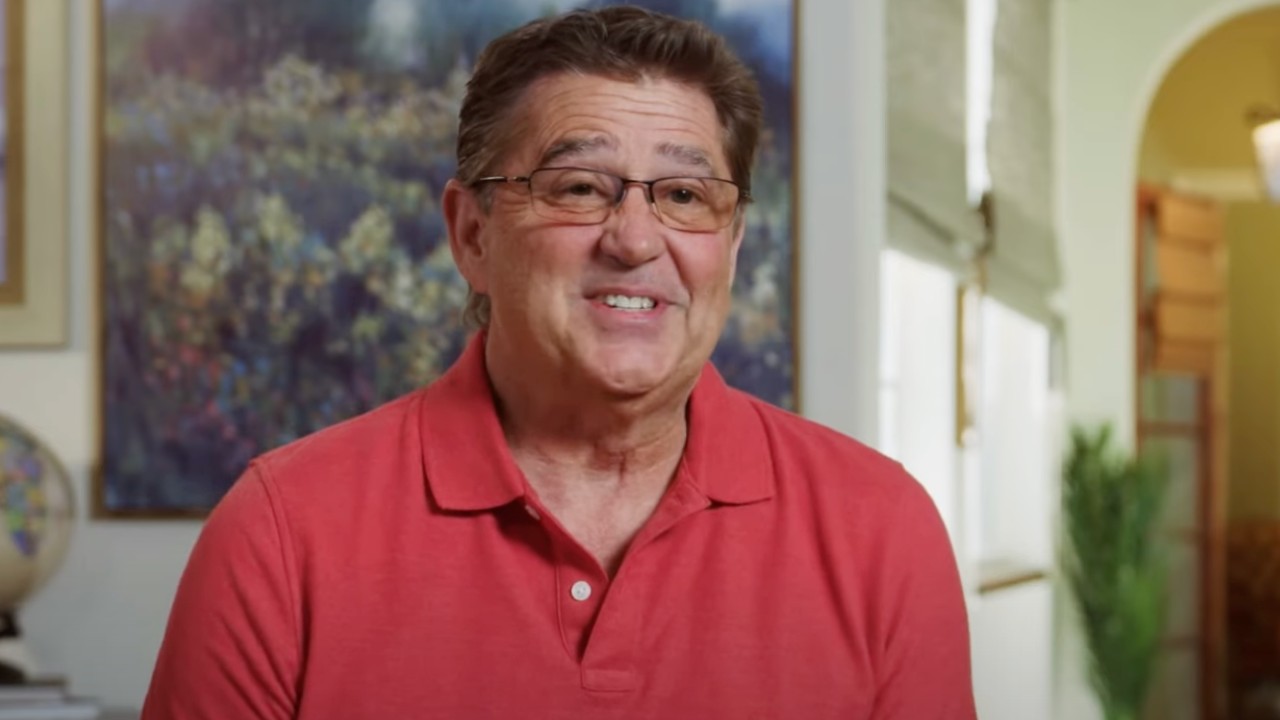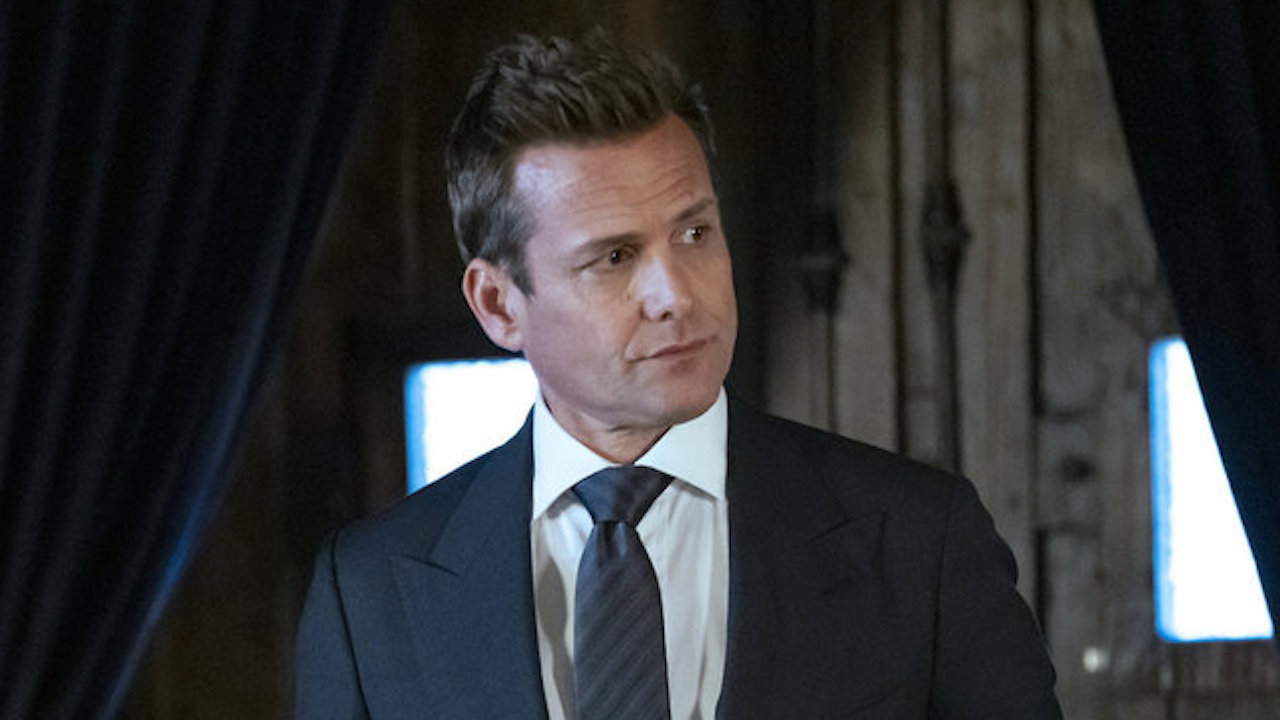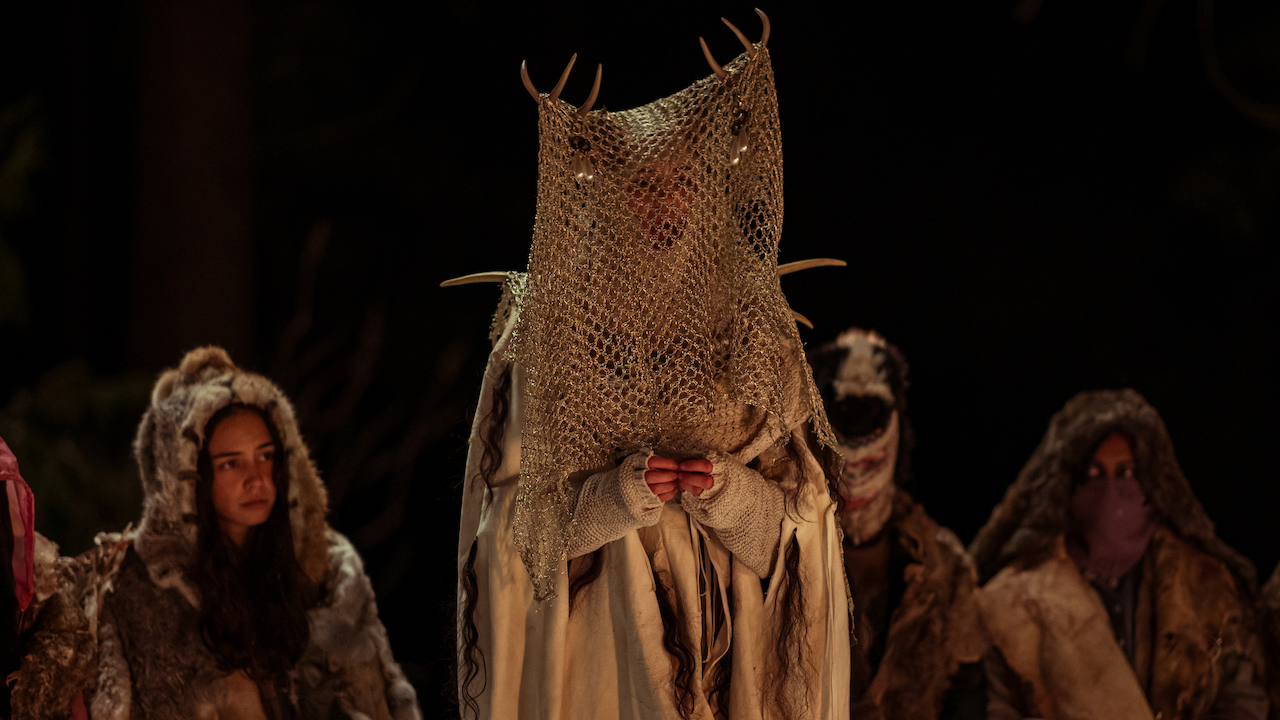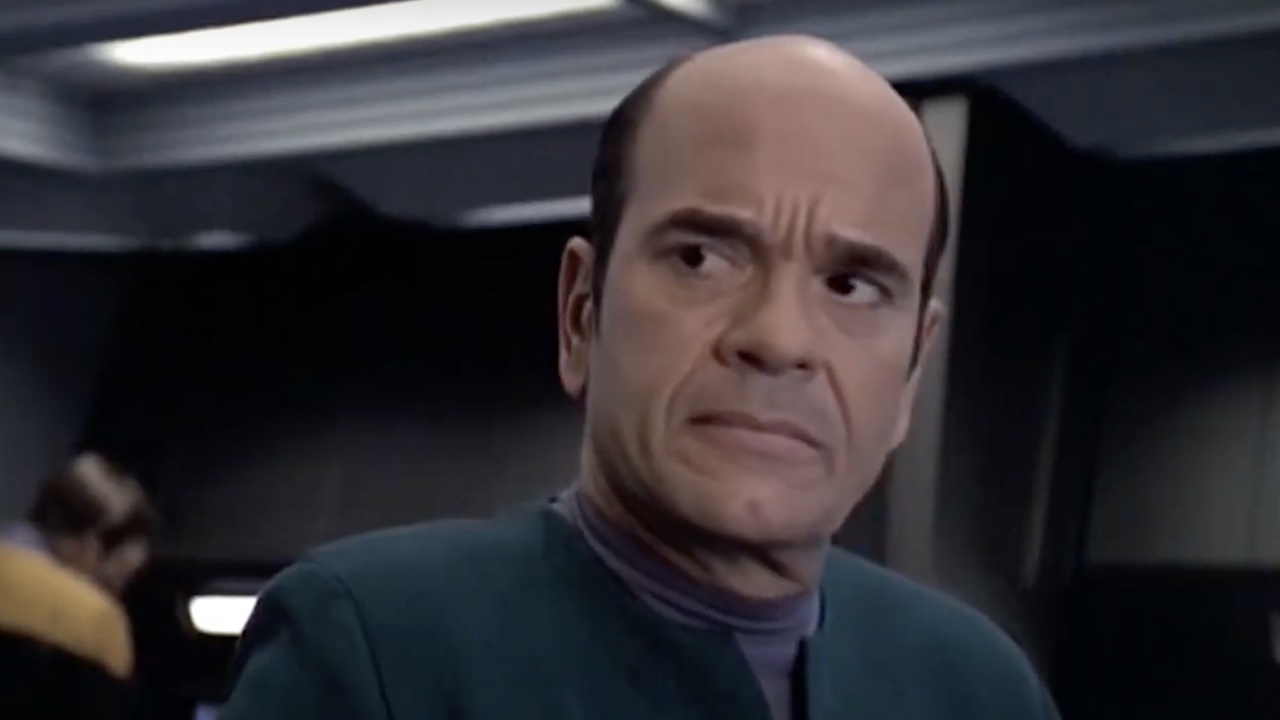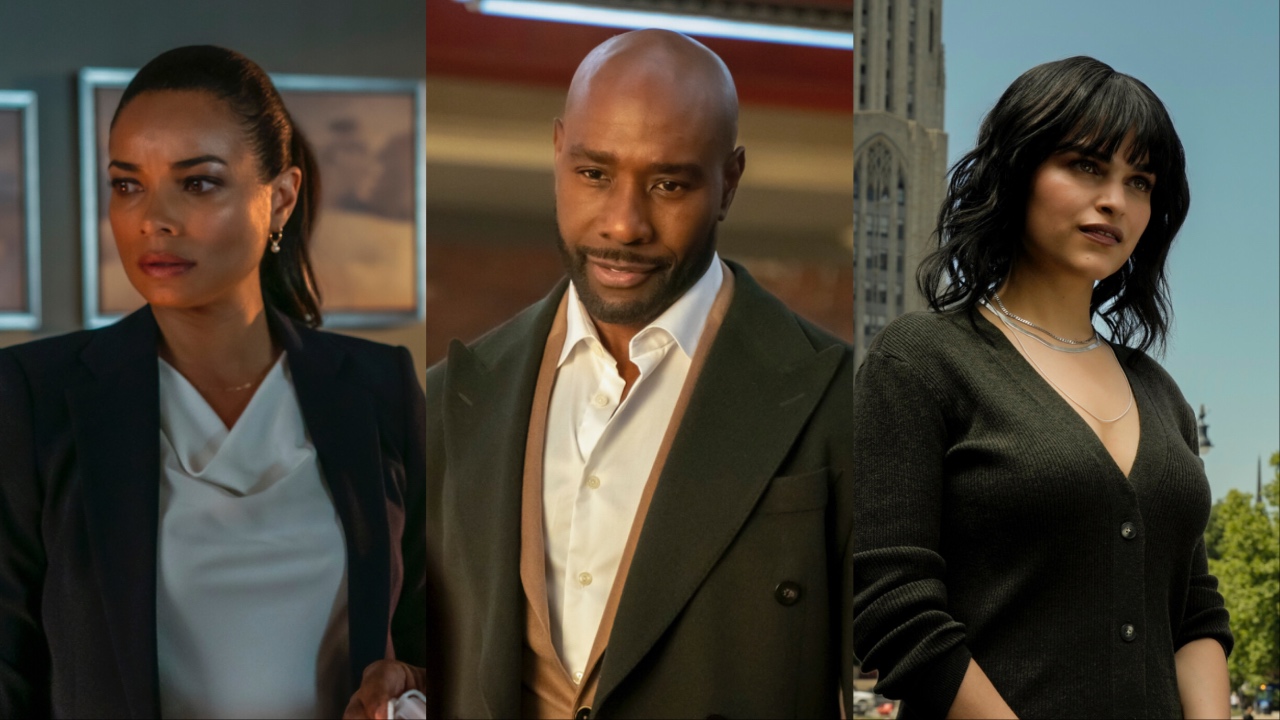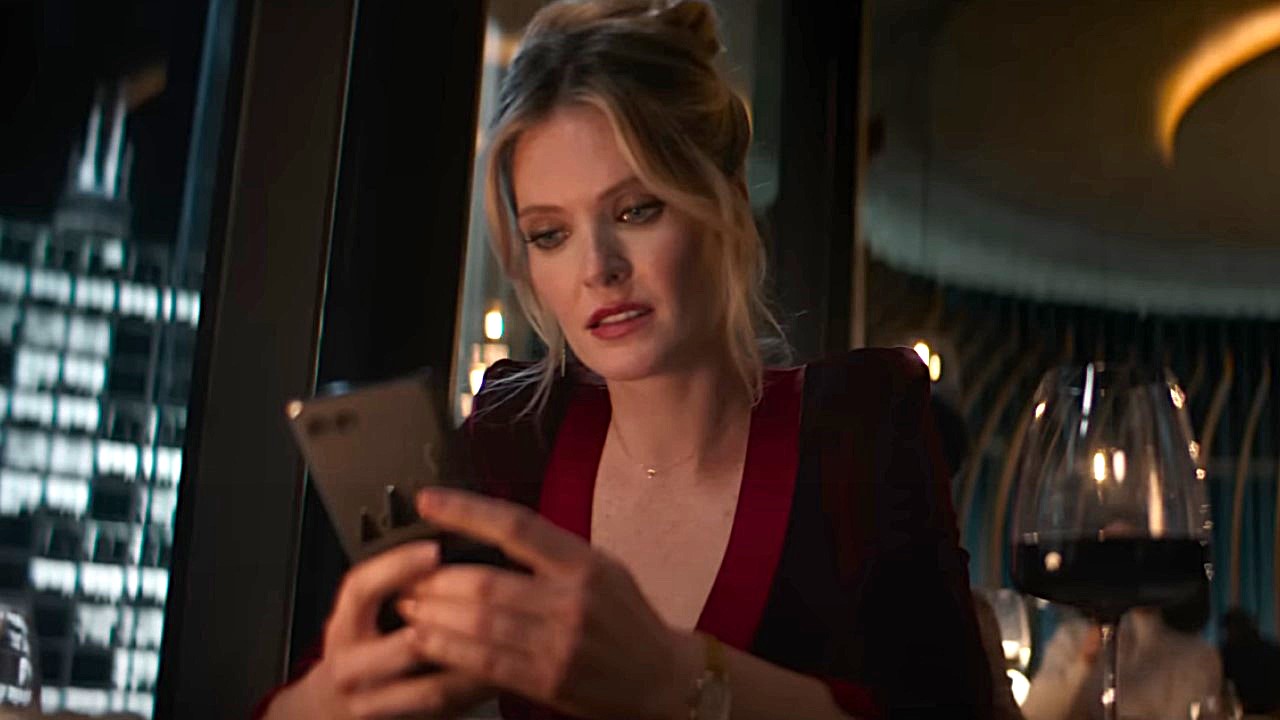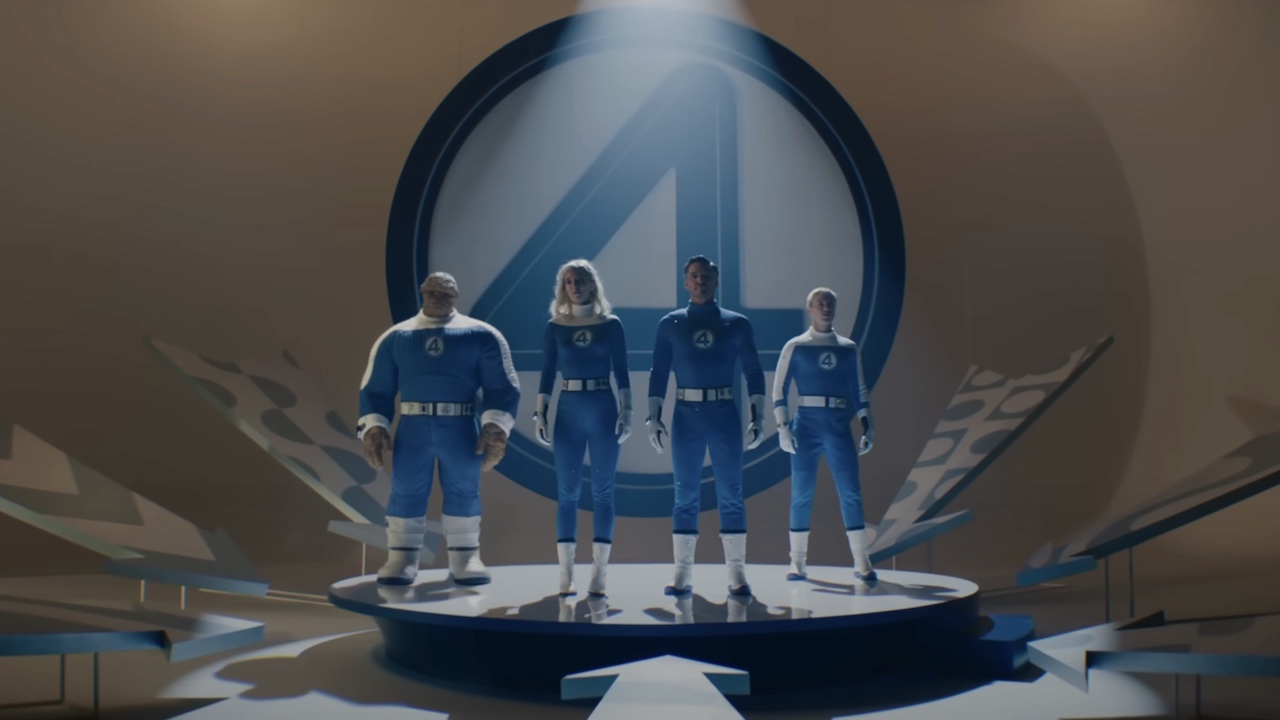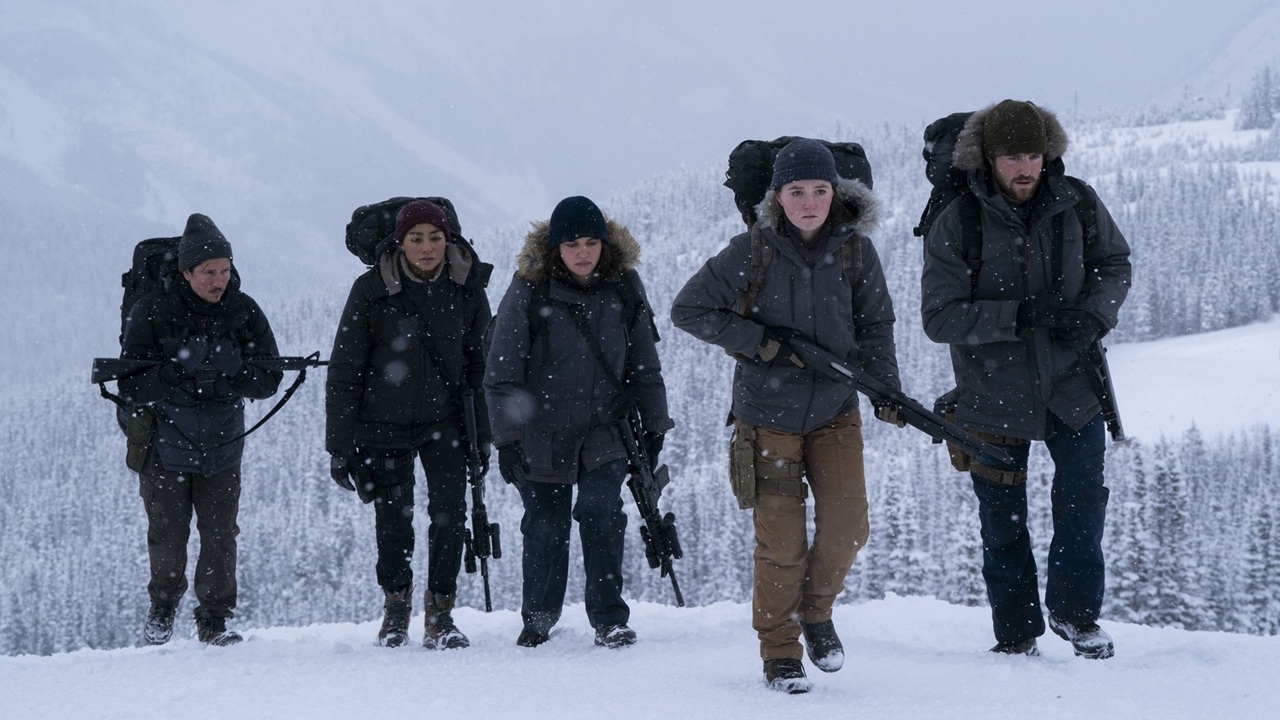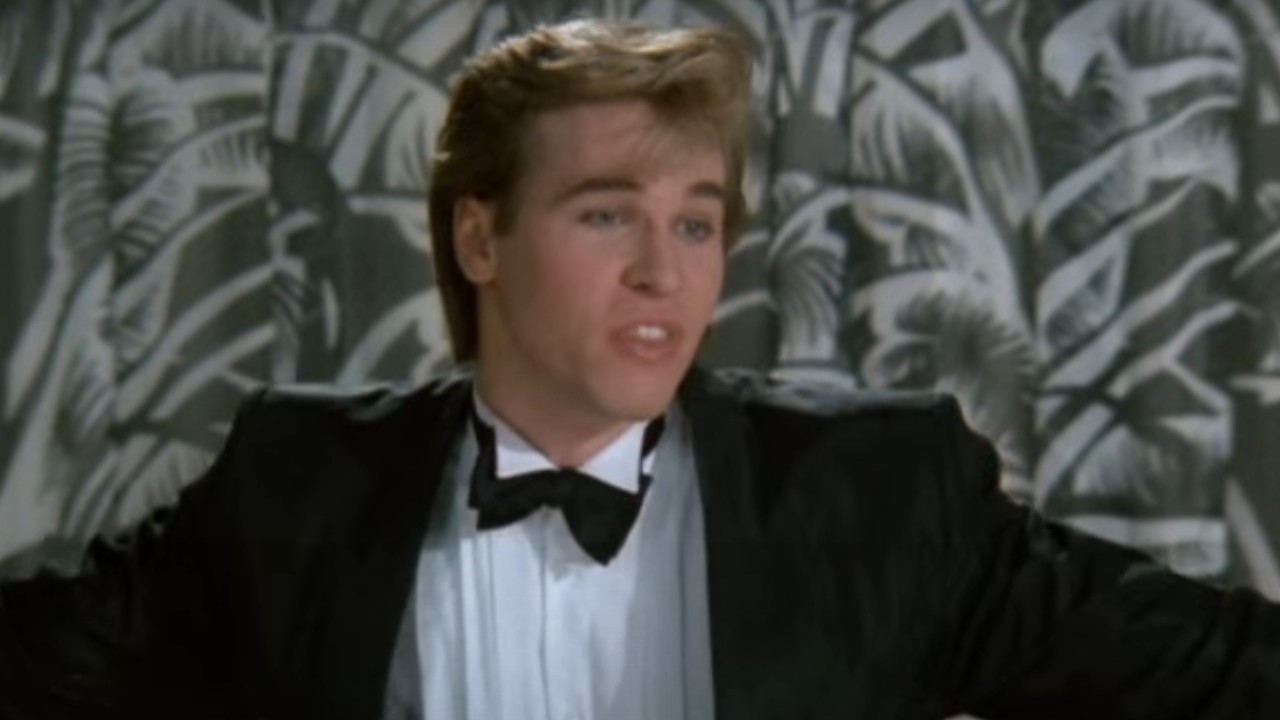Hear Me Out, Toy Story 2 Is The Best Toy Story Movie
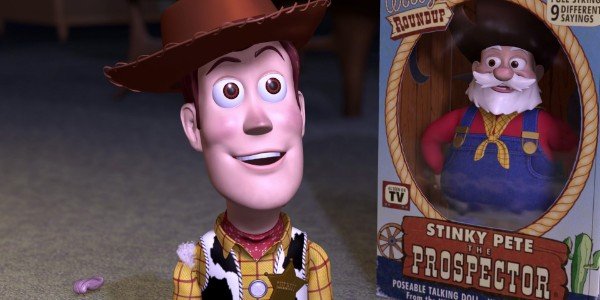
Every Toy Story movie is a miracle. Through the skills, talents, perseverance and even luck of the brilliant animators and storytellers at Pixar Animation, the studio has fostered a treasure trove of wonderful films — each with their own gorgeously crafted worlds, vibrant, lovable characters, hilarious gags, and wallops of heart to boot. But it's with the Toy Story movies that the company established its well-versed formula — the core foundation through which Pixar has created one timeless classic after another, cherished by audiences everywhere.
Most audience members have their favorite Toy Story movie, a movie they are more fond of than the others. A movie that struck them in a certain place or time. Mine is Toy Story 2.
Why? I believe Toy Story 2 is what cemented the franchise's status in Pixar lore.
There is no denying that the original Toy Story is an excellent movie. And Toy Story 3 provided relieved moviegoers around the world with what seemed to be impossible: a long-promised sequel that not only lived up to its predecessors, but also produced a satisfying, emotionally-gratifying conclusion to a beloved series — at least, until Toy Story 4 enters theaters this weekend. However, it was through Toy Story 2 that Pixar officiated the world-renowned excellence the studio is revered for today. This merit was confirmed with the incredible Toy Story 2 sequel, and it was evident that Toy Story's success was no fluke.
It can be easy to forget that Pixar's success was far-from-guaranteed back in 1999, when Toy Story 2 barely made its way into theaters. I say "barely" because it wasn't originally going to enter theaters at all. Yes, at one point in time, Toy Story 2 was subject to become yet another direct-to-video Disney sequel, joining the ranks of Aladdin 2: The Return of Jafar and The Lion King II: Simba's Pride with the distinction of hitting video shelves rather than playing in multiplexes.
It was a late-in-the-game decision on Disney's part to release this film in theaters, and when Pixar was unsatisfied with what it had in store with this follow-up, the creative team reworked the entire story in a single weekend, with the production only lasting a shocking nine months.
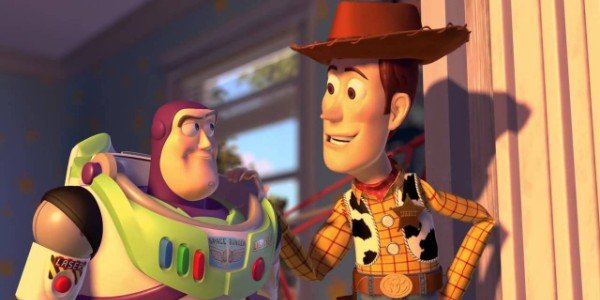
With Pixar focusing most of its efforts on A Bug's Life at this time, which ultimately (and ironically) became one of Pixar's less noteworthy titles in its otherwise well-established history, Toy Story 2 was a side project, the film that was being worked on in opposite offices in mad dashes at an unbelievable rate. The pressure was on for this sequel, this Hail Mary, with the hope being that it wouldn't be a disaster and no thought that it could turn out great.
CINEMABLEND NEWSLETTER
Your Daily Blend of Entertainment News
That exhilarating rush to the finish line makes a lot of things that work in Toy Story 2 all-the-more incredible. For instance, the animation in Toy Story 2 is above-and-(infinity and) beyond better than the first movie, with designs that are more fleshed out — even despite the intense pressure of the fast-ticking clock —and better rendered thanks to the advancements in Pixar's top-grade animation. It's also more impressive that this sequel is willing to be slower and more contemplative in certain key sequences found primarily throughout the second half of this movie. But I'll expand upon that later.
I like to think this mad-rush shooting style helped to give this sequel more room to play with style, genre and mood compared to the original. Toy Story 2 is benefitted nicely by including fresh and exhilarating spurts of invigoration, particularly with different types of films, including elements of science-fiction, body horror, western and action-comedy, to name but a few. The expanded runtime and the additional characters also allows Toy Story 2 to have more possibilities to grow and more opportunities to flourish, which Toy Story 2 does plentifully and impressively without compromising story.
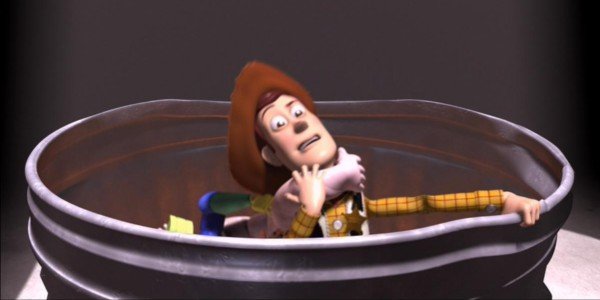
In addition to these stylistic additions, Toy Story 2 puts into motion many of the central elements that make the Toy Story movies such emotionally endearing successes for all generations, while also transitioning all the elements that made the first one great. At its core, the original Toy Story is a tale of sibling rivalry, one that helps younger audiences recognize that it's vital to accept, care and love the people in your family, particularly your younger brothers and sisters — even if they take the focus away from you. It's a universal story that's told with a wealth of heart, intelligence and humor, and it's a great film that helped paved the way for what Toy Story 2 would accomplish.
Namely, that Toy Story 2 is a meatier, deeper movie that touches on subjects that audiences young and old can recognize, understand and appreciate, with messages that resonate with viewers of all ages, particularly as they get older: specifically, the passage of time, the insecurities that come with the fear of rejection and how we learn to make peace with knowing that we'll one day have to say goodbye and "so long, partner" to the people we love.
Rejection is a key concept in Toy Story 1, and the acceptance that comes from knowing that your baby is finally leaving the nest was ultimately given a beautiful and emotional resolution with Toy Story 3. But it was thanks to Toy Story 2 that these ideas were either fertilized or expanded upon, proving to be the lynchpin in the series that made this franchise as great as it is today. Toy Story 1 is made all the more impactful and narratively complete thanks to the evolution made in Toy Story 2, while Toy Story 3's wonderful finale celebrates its tear-inducing final beats thanks to the thematic groundwork that was made wholly realized in Toy Story 2.
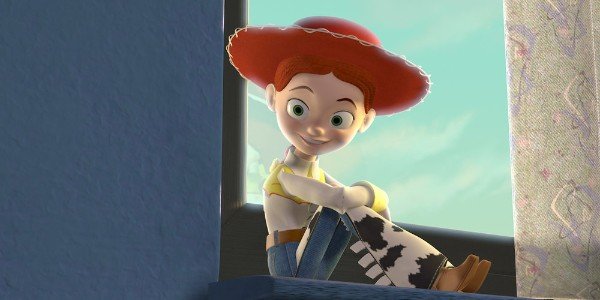
in Toy Story 2, we, the audience, are first introduced to many of the beloved characters we now love from this series, including Wheezy, Jessie, Bullseye, Barbie and Mrs. Potato Head. Each of their involvement plays critical comedic or dramatic development in the long-spanning narrative that is Toy Story. Jessie, in particular, is a key factor in why these hit movies hold such a dear place in the hearts of children and grown children everywhere.
Jessie, voiced with such giddy affection and emotional depth by Joan Cusack, is so much more than the female version of Woody. She represents the future, the bitter truth that eventually kids will grow up and they will abandon their toys. It's not out of anger or maliciousness; children simply grow up, and they need to transition out of their childhood affection, lest they end up with weird toy-collection affections like Al The Toy Collector. Still, that does not make the heartbreak sting any less, and the beautiful, devastating montage that accompanies "When She Loves Me" paved the way for how Pixar could say so much with such a little amount of time. Without that sequence, for instance, we probably wouldn't have the exhilarating opening 10 minutes of Up.
While the filmmakers at Pixar were under the wire when it came time to release Toy Story 2, they didn't rush the important details. They took the time and patience to make sure these thematic elements were as effective and emotionally resonant as possible, resulting in a sequel that harkens back to the ideas placed in the first movie but using the passage of time and the effects therein to showcase how meaningful and bittersweet this journey can ultimately be. As funny and winning as Toy Story 1 was, it doesn't often reach the same thoughtful insight that is gleaned throughout Toy Story 2. While Toy Story 3 touches on many of these ideas, they were ultimately first introduced into the series with Toy Story 2, and that reverberating idea of time and passage is what makes that sequel so fully furnished.
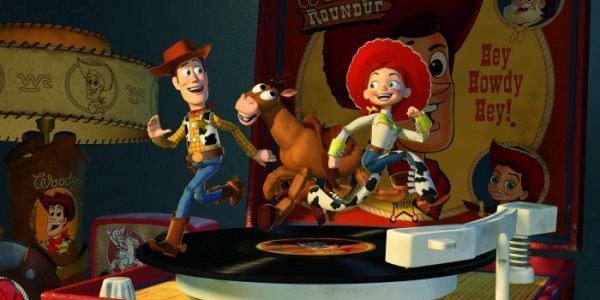
It's that commitment to excellence — even under intense pressures in every imaginable way — that proves that the folks at Pixar are, particularly in its heyday, the masters of American CG-animated storytelling. Their desires to expand on their characters, develop their stories, invent new places in well-established worlds and provide emotional beats that match — if not improve — upon their originals that make them the best at what they do. When it comes to Toy Story 1-3, it's hard to think of a film trilogy that's more endearing and satisfying in cinema's lush history. There's a good reason why.
In my view, Toy Story 2 is not only the best Toy Story movie, but it's also a perfect sequel. It's also an undervalued masterpiece from Pixar. While there are many people who love these movies, they tend to give 1 and 3 more credit than 2, and that's a deeply unfortunate oversight. Through this marvelous sequel, Pixar established its credentials, elevated its status, proved its potential and crafted one of the best movie series ever. It is a tribute to the hardworking, constantly innovative master storytellers at Pixar that they pulled off such a feat once, let alone three times. I can only hope that when Toy Story 4 comes out Friday, it'll prove to be not only a worthwhile sequel, but one that's worthy of being in such prestigious company.
As much as I love all the Toy Story movies, I love Toy Story 2 the most. And I hope I was able to show you why I believe that's the case here. I can't wait to revisit all my friends on the big screen later this week with Toy Story 4, but I don't think that sequel will ever top what was accomplished with 2.
Will is an entertainment writer based in Pittsburgh, PA. His writing can also be found in The Playlist, Cut Print Film, We Got This Covered, The Young Folks, Slate and other outlets. He also co-hosts the weekly film/TV podcast Cinemaholics with Jon Negroni and he likes to think he's a professional Garfield enthusiast.
